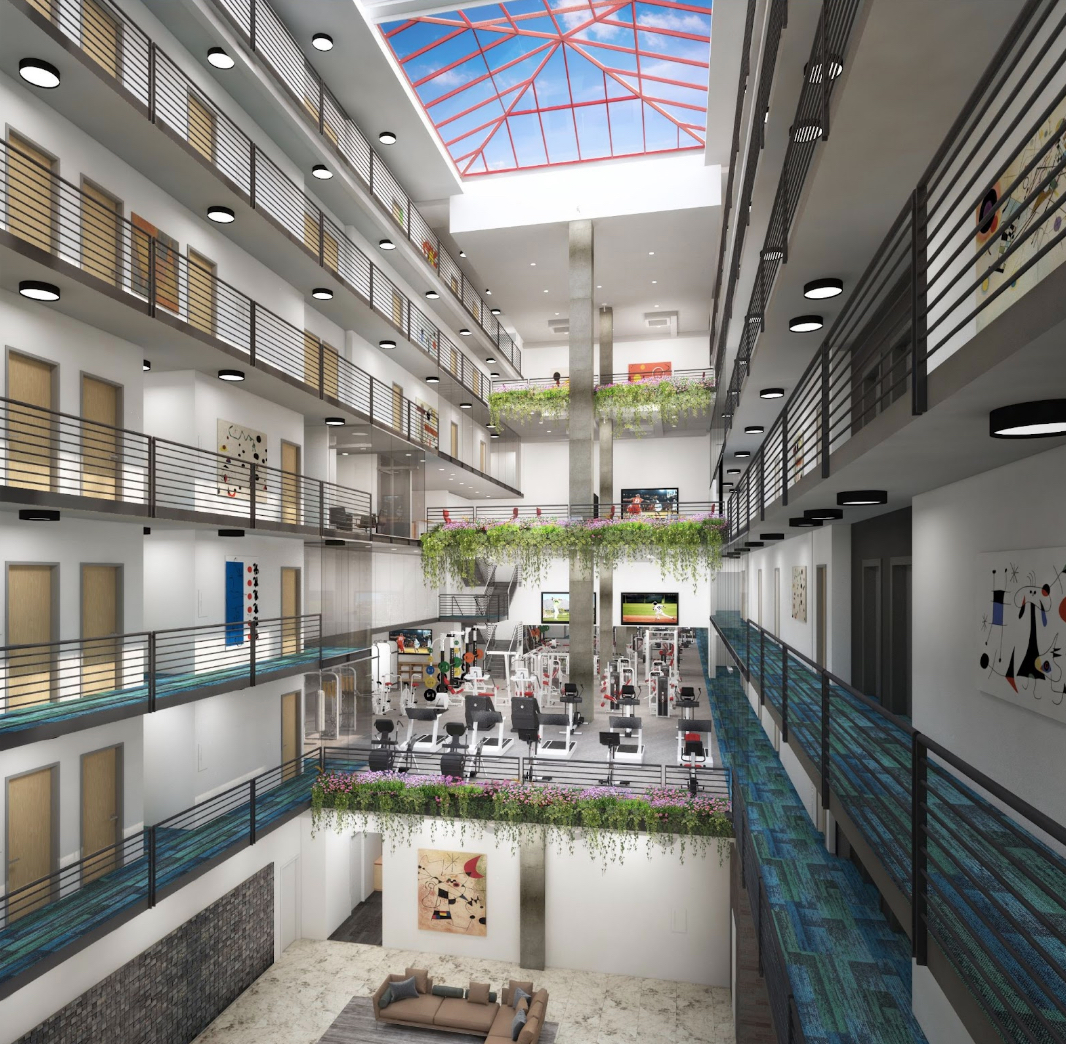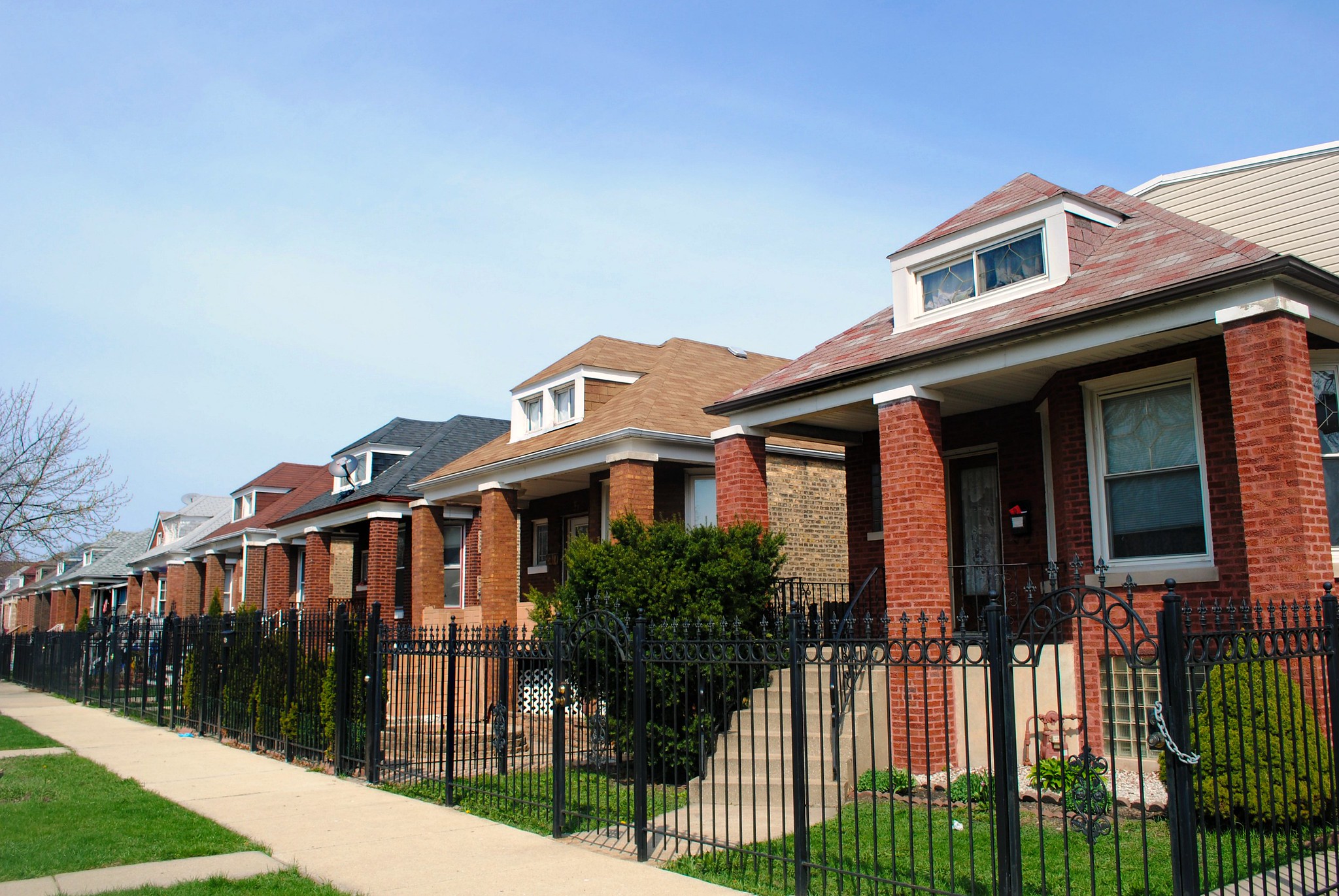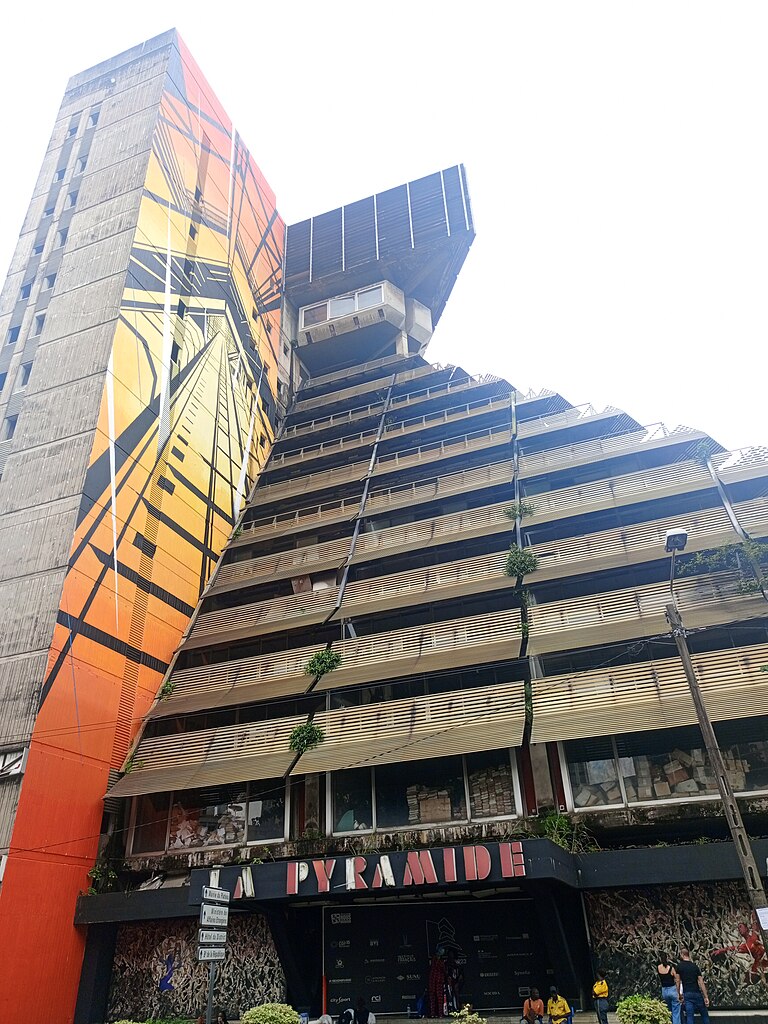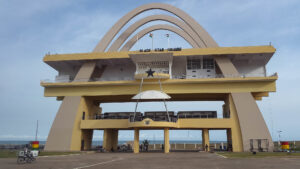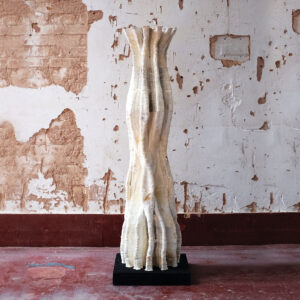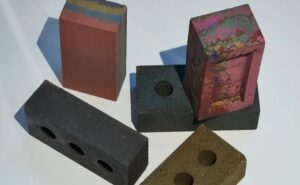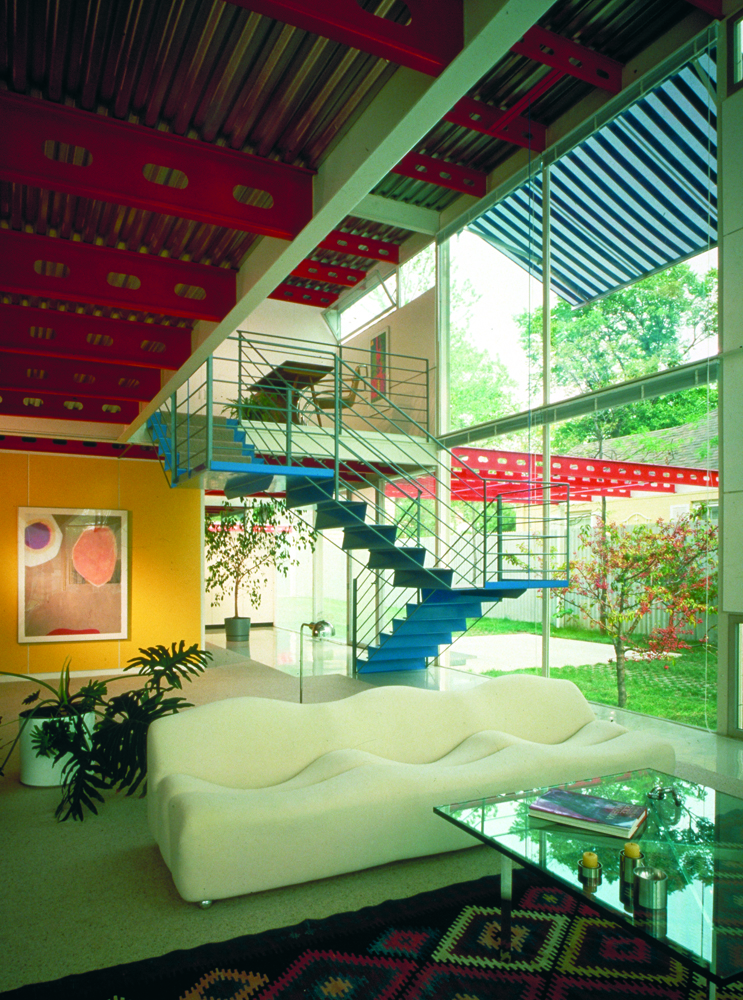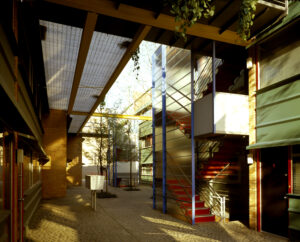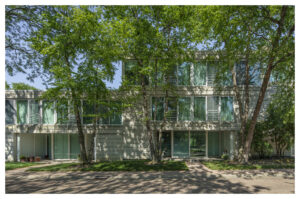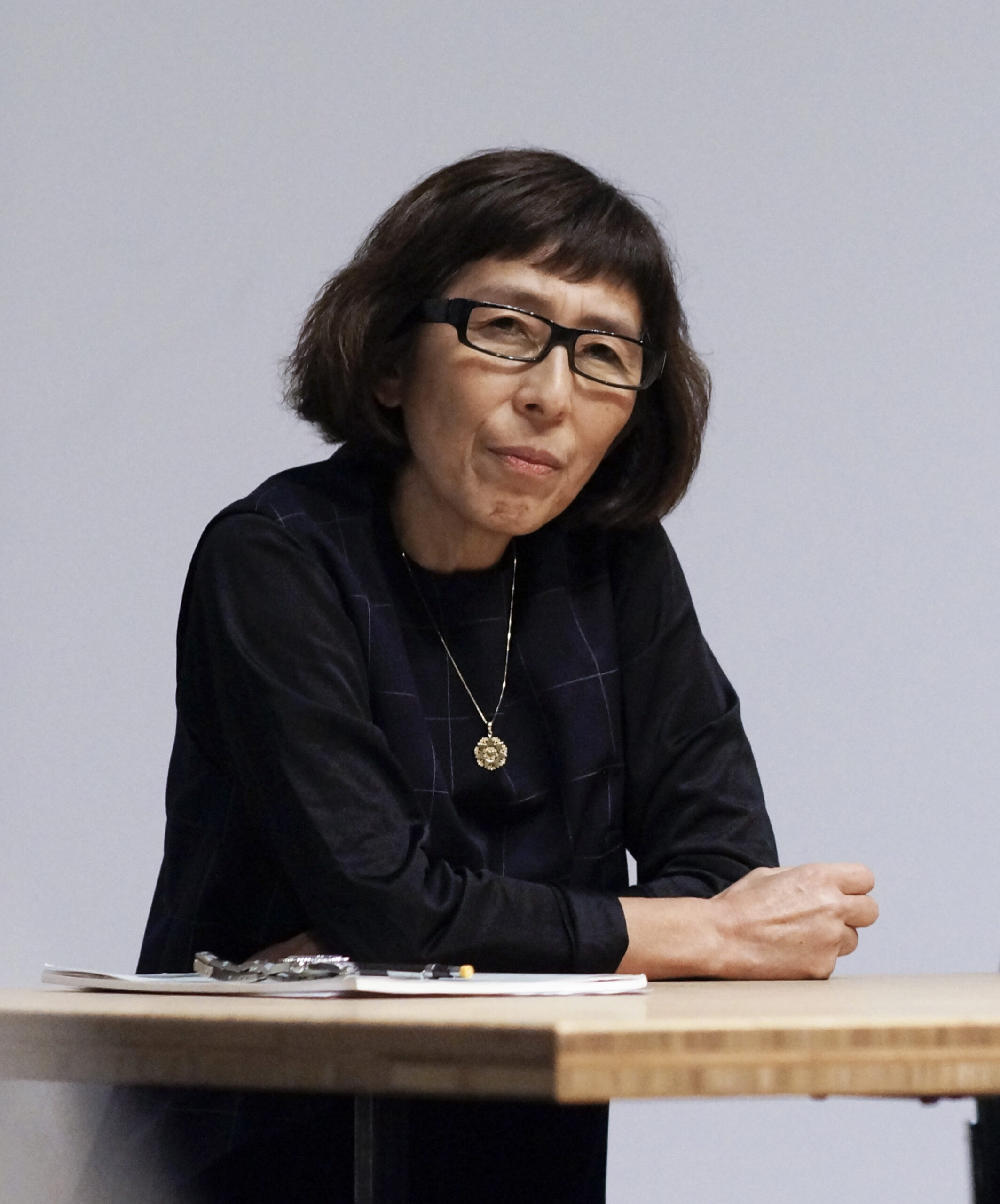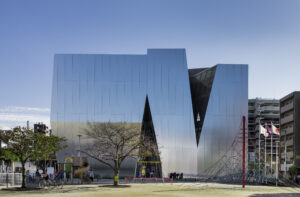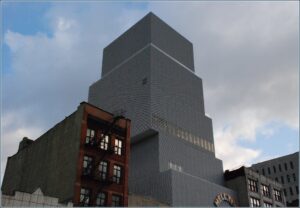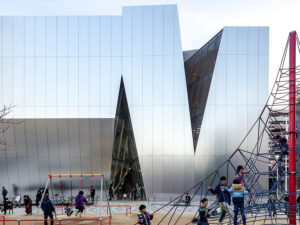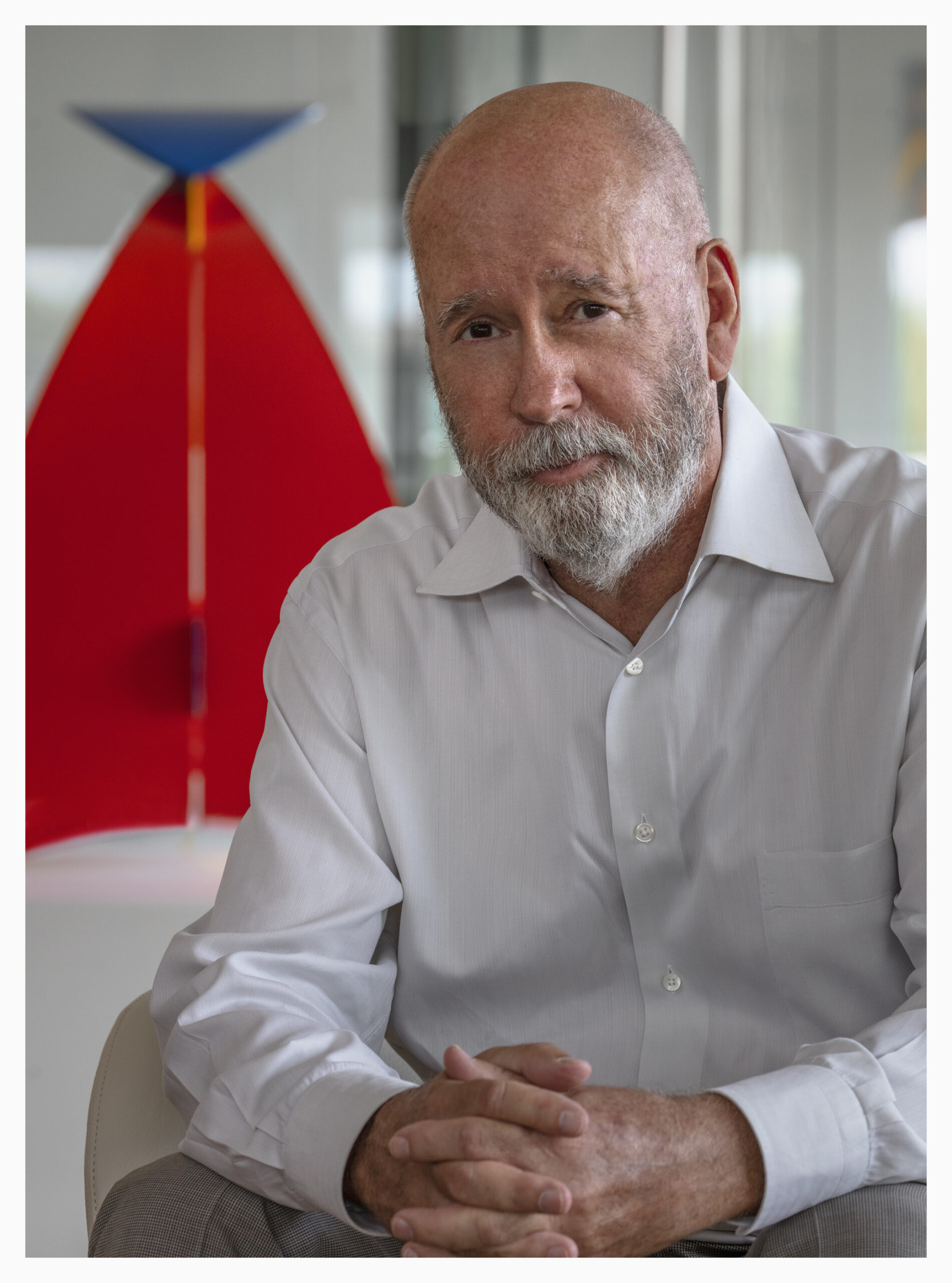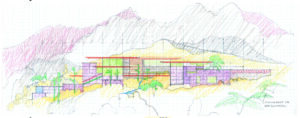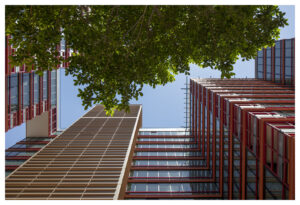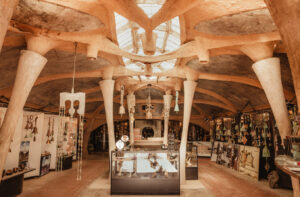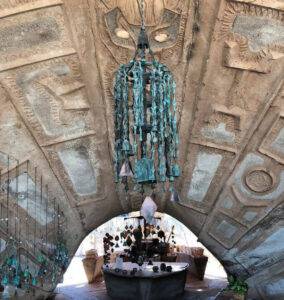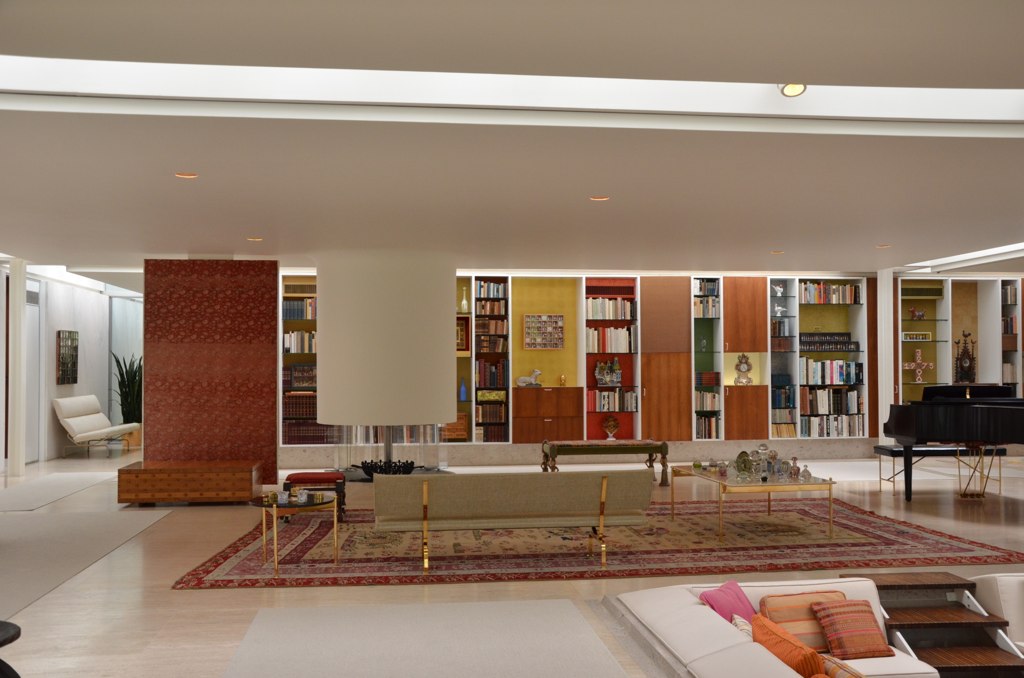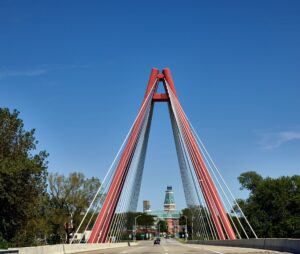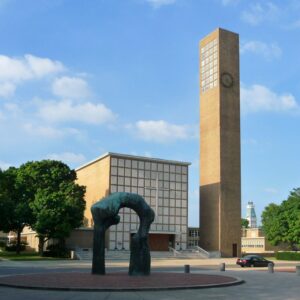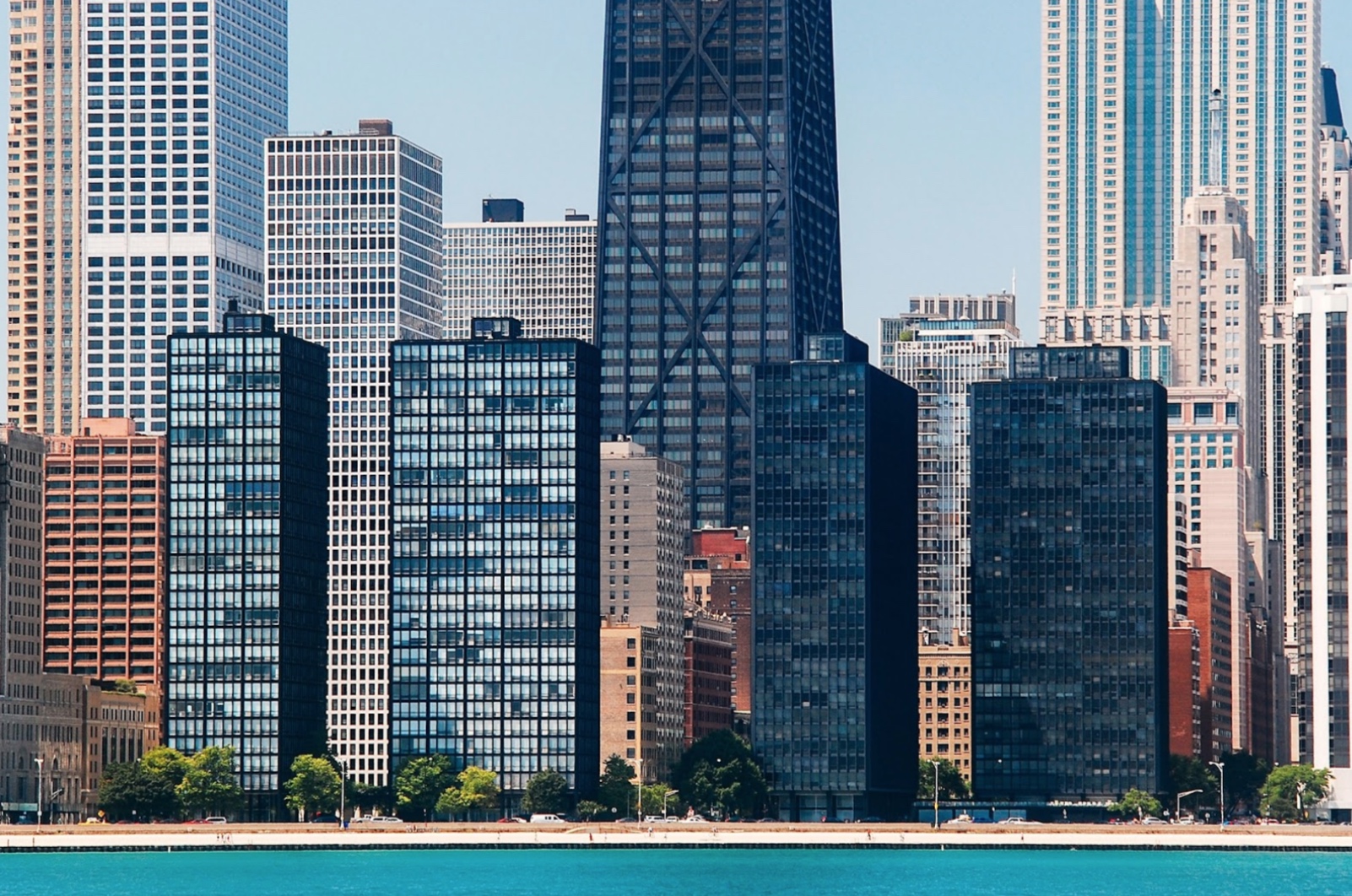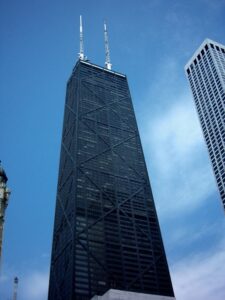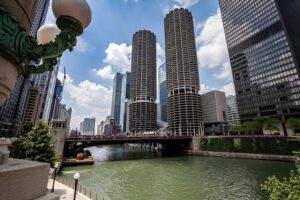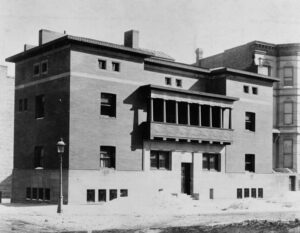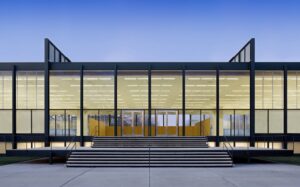Since Optima’s founding, we have thoughtfully developed environments where nature and architecture coexist. This principle of sustainability – known throughout architecture as biophilic design – is becoming increasingly popular across the world throughout all types of built environments.
The process of biophilic design isn’t anything new to the world of architecture; however, in recent years, the design principle has seen a renaissance. Today, biophilic design is used within modern architecture as a method to fulfill the inherent connection between humans and nature.
Because our natural habitats have increasingly become built environments, designers and architects have discovered the significant value of adding biophilic elements into all kinds of structures to enhance the relationship between natural and built environments. The framework for designing these biophilic environments consists of employing both direct and indirect experiences of nature. Direct experiences incorporate everything from natural light, fresh air and organic landscapes, while indirect experiences include utilizing natural materials and colors and ecological attachments to a location. Everything from skylights to green walls to fountains all apply the conventions attached to the design principle.
Health Benefits
Beyond creating connectivity to natural environments, biophilic design also supplies an ample amount of benefits to both its surroundings and those who inhabit them. One of the most prolific benefits attached to the design principle is the improvement of air quality. Designs that employ vibrant greenery absorb the natural toxins in the air, ultimately enhancing the atmosphere.
Having access to vegetation and other models of biophilia also has a direct impact on happiness and wellbeing. When design principles like natural light and ventilation are introduced into built environments, a greater appreciation forms – establishing a more welcoming, advantageous space.
Biophilic Design in Optima
Throughout our communities at Optima, we use biophilic design to improve the lives of our residents and complement their beautiful surroundings and communities. In our latest project, Optima Lakeview, we’re employing biophilic design throughout many elements of the architecture.
The development features a stunning atrium that includes our signature vertical landscaping system within it. At the atrium’s top, an expansive skylight fills the space below it with an abundance of natural light. Optima Lakeview is also home to a variety of private terraces and setbacks featuring lush vegetation and ensuring residents a seamless transition from outdoor to indoor environment.
From the materials used in construction to the greenery placed throughout a building, more and more architects are discovering how to include biophilic design within their builds, connecting their built environment with the natural world around them.
